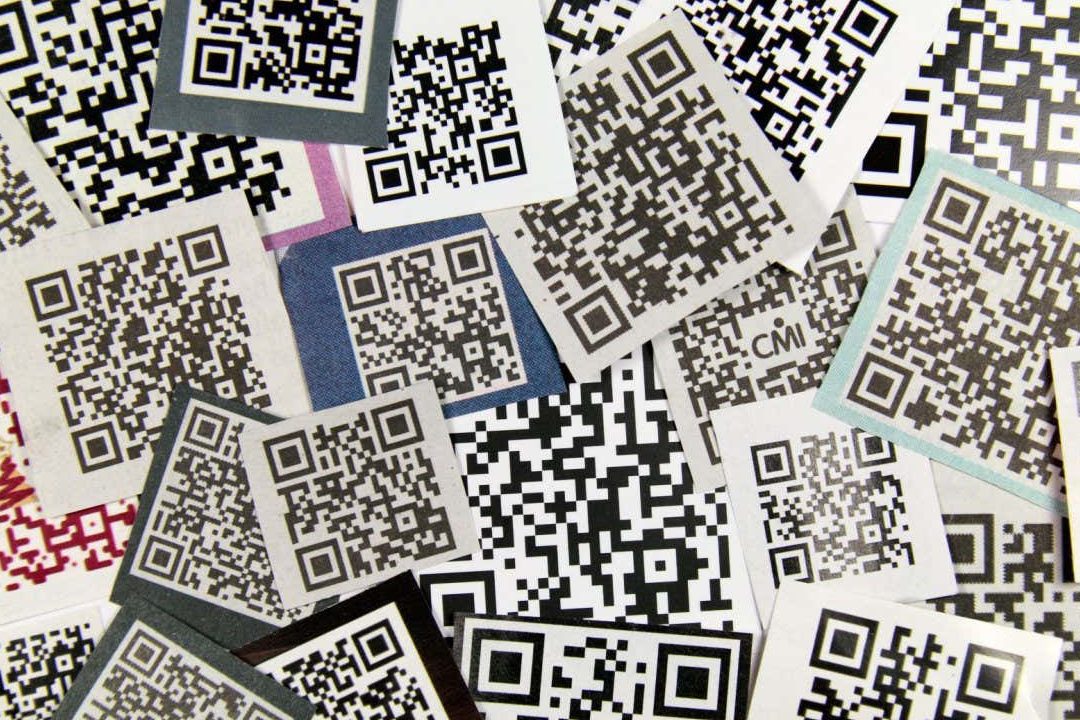QR codes – bigger is not always better! When it comes to creating a QR code, size matters but quality and location matter more. QR codes can be any size as long as the image is of good enough quality, but there are certain factors to consider to make sure it’s readable and scannable.
Keep these tips in mind:
By following these tips, you can create a QR code that’s an appropriate size for its purpose and easy for your audience to use.
QR Codes and Size Constraints
QR codes are ubiquitous in today’s digital age, and their widespread usage has led to several questions being raised about their size constraints. The answer to this query is both yes and no – while there is an acceptable size for QR codes of 2 x 2 centimeters (0.8 in x 0.8 in), a QR code can be as big as you want provided you use quality images to ensure that the pixels do not get too blurred. In essence, there is no upper limit to the size of a QR code so long as the requisite precautions are taken to maintain its quality.
Considerations for QR Code Location
When creating the QR Code to be used to scan a minimum distance, it is vital to take into account its location. QR codes that are situated in close proximity to their scanner can be constructed more extensive, while codes farther away will generally require a smaller size. In addition, the type of surface that the QR code will be placed on must be factored in – this could affect the code’s readability, and the size of the code should be adjusted accordingly.
Quality vs Size: Making the Right Choice for QR Codes
When dealing with QR codes, it is crucial to strike a delicate balance between quality and size. A larger code may be more noticeable and visually appealing, but if it’s not constructed correctly, the pixels could become so blurry that it impedes the scanner’s readability. As a result, QR codes should be designed specifically for the location and scanned distance to ensure optimal scanning.
Tip: To ensure that your code is both the appropriate size and retains its quality, it might be beneficial to preview different sizes before settling on one.
Avoiding Blurring in Large QR Codes
One of the most significant challenges when producing large QR codes is the possibility of blurriness. When a QR code stretches beyond the suggested dimensions, each pixel will appear more significant when printed, thus increasing the likelihood of blurring. One simple solution to avoid this is to ensure that the code is printed on a flat surface, which will diminish the likelihood of any distortion.
Tip: It is recommended to order larger-sized QR codes from a company that specializes in printing QR codes, as they will have specialized equipment and expertise, resulting in a more precise code.
How Distance Affects QR Code Scanning Size
One essential point to bear in mind is that the scanning distance plays a significant role in determining a suitable size for the code. In general, the further a QR code is from the scanner, the smaller the code should be to ensure its readability. When the QR code is closer, on the other hand, it can be made larger to get attention.
Tip: When dealing with a QR code close by, even bigger QR codes like 5X5 cm have been reported, but it is beneficial to reduce the size at longer scanning distances.
Best Practices for Creating QR Codes at Various Sizes
Here are some general best practices to ensure that the QR code created, irrespective of size, is effective:
– Ensure that the code is simple enough for the reader to focus.
– Use high-trustworthy printing techniques to prevent errors and blurs.
– Ensure the surfaces where the code will be printed are clean.
– Preview different sizes to settle on the ideal size for your need.
– Add a call-to-action next to your QR code.
Tip: Do not place too much text or pictures that attack the code; a baby’s face, for example, could cover elements of the code, hampering the scanner’s ability to read it.
In conclusion, the size of a QR code is not restricted; relying on the distance it will be scanned, the surface it will be placed on, and the high-standard printing procedures put in place, a QR code can be any size. Some codes may be more visually appealing than others, but readability is more essential for most applications.





